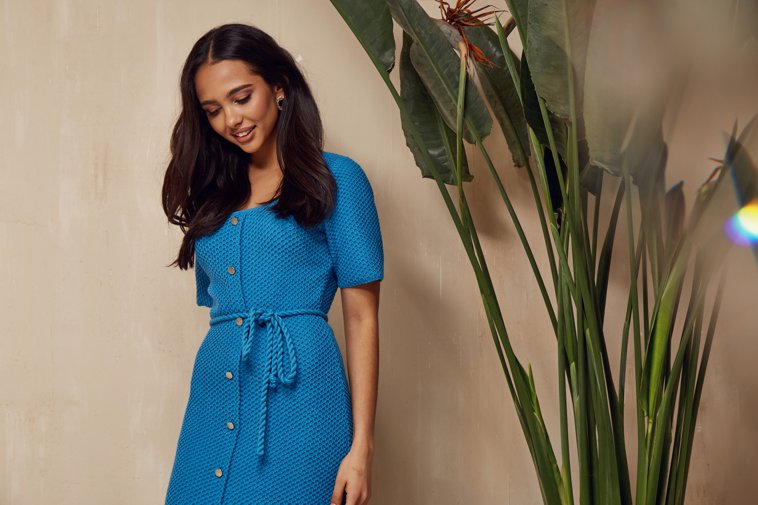"Blue" in Spanish
Let’s Talk about Colors: Blue as an Adjective
When describing something that's blue in color in Spanish, you'll use azul most of the time! Let’s see some examples:
| examples |
|---|

Wait, No Azula?
Adjectives in Spanish usually have to match the nouns they describe in gender and number. However, there are exceptions to the rule, such as azul! Since azul ends in l, it has one form for the singular and one for the plural, regardless of the gender of the noun it describes. Take a look!
Ser and Estar with Adjectives
Ser(to be) is used instead of estarto describe the color of an object when we’re talking about a permanent state. However, when we refer to something temporary, then we use estar.
| examples |
|---|

Let’s Talk about Colors: Blue as a Noun
When talking about the name of colors, blue in Spanish is azul. So, if someone asks you ¿Cuál es tu color favorito?(What is your favorite color?) and it’s blue, your answer will be el azul.
For example:
| examples |
|---|
Much More Than Blue in Spanish
We use colors to express our preferences, describe our surroundings, and talk about human attributes. So, let’s check out some basic color terms that go beyond blue in Spanish.
| Spanish | English |
|---|---|
| amarillo | yellow |
| blanco | white |
| café | brown |
| gris | gray |
| marrón | brown |
| morado/ púrpura | purple |
| naranja/ anaranjado | orange |
| negro | black |
| rojo | red |
| rosado/ rosa | pink |
| verde | green |
| violeta | violet |
Expressing Preferences and Describing Surroundings
One of the easiest ways to practice colors in Spanish is to talk about your preferences and describe your surroundings. For example:
| examples |
|---|

Talking about States of Mind: Blue in Spanish
When used to describe a state of mind, blue in Spanish can either be triste(sad) or deprimido(depressed), which are both adjectives. Have a look at these examples:
| examples |
|---|
Blue in Spanish in Politics
In the context of United States politics, blue in Spanish is demócratawhen used to refer to the Democratic party.
| examples |
|---|
Blue in Spanish Meaning Off-Color or Vulgar
When used to describe something slightly indecent or risqué, blue in Spanish may be translated as verde(literally, green) or colorado(literally, red) in Mexican Spanish. Here are some examples:
| examples |
|---|
Want to learn more about how to use color terms in Spanish? Check out these articles!











